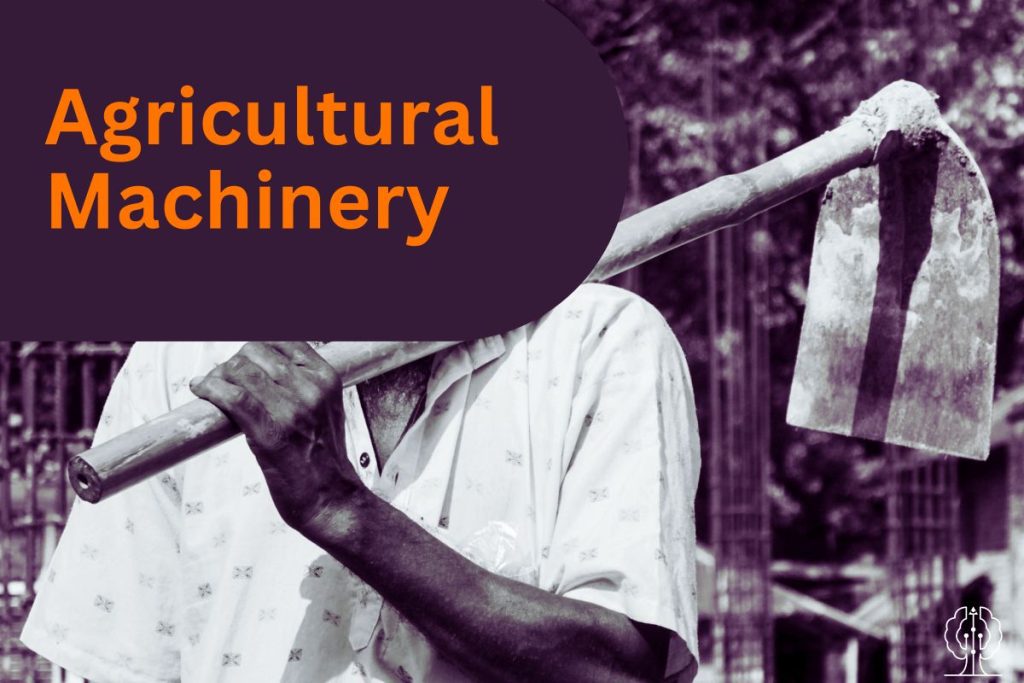More than half of working-age adults (52%) are engaged in casual labour.
The second National Development Plan (NDPII) aims to propel the country toward middle-income status by 2020 by strengthening the country’s competitiveness for sustainable wealth creation, decent employment, and inclusive growth. To achieve these objectives, one of the development strategies the government is pursuing includes an adequate employment creation strategy through fast-tracking skills development and harnessing the demographic dividend.
According to the National Employment Policy for Uganda, employment creation is central to national socio-economic development. It is at the core of the transformation of Uganda from a poor agrarian economy to a modern, prosperous, and skilled society.

Movement of Labour
According to the gathered data, over half of the people (52%) looking for work outside the region were employed as casual labourers in various sectors and businesses.
That was closely followed by crop farming (21%) and trade in agricultural as well as non-agricultural produce (6%).
Agricultural Extension Services
The delivery of extension services involves on-farm support to farmers, especially in farmer training, demonstrations, group mobilization, farm visits, sensitization meetings, exchange visits/field days, and study tours. These services are supposed to be provided by the National Agricultural Advisory Services (NAADS).
Other providers include the traditional extension system in areas yet to be covered by NAADS. Other government projects and programs are in the private sector, including NGOs.
The NAADS program is responsible for providing agricultural advice to farmers. It empowers farmers, particularly people experiencing poverty, women, and youth, to demand agricultural advice that will improve production, productivity, and profitability for their farming enterprises. The agricultural advice may include better management practices, market information, new technologies, and where to access inputs.
The program is expected to encourage farmers to demand the advice they need and to contract people to provide it. The program is implemented mainly by agricultural extension workers and veterinary workers.

Availability of Agriculture Services in the Community
During the survey, community members were asked about the availability of agricultural and veterinary extension services within or outside their Local Council (LC I).
For the Busoga region, only 1.1% of communities had access to agricultural extension workers within their LC I in 2016/17, a drop from 52% in 2012/13.
Agriculture Services
Community members were asked whether farmers had been visited by any agricultural extension worker(s) during the past 12 months. Only 16% had used the service.
Types of agricultural extension services include providing advice on good farming practices, treatment of animal diseases, control of crop diseases, use of fertilizers, vaccination of animals, and provision of seeds, especially during the Operation Wealth Creation program.
Communities that rated the quality of veterinary extension services as poor increased from 17% in 2012/13 to 26% in 2016/17.
In the 12 months preceding the survey, 73% reported that they sometimes complied with advice offered by extension workers, while 26% revealed that they always yielded.

Irrigation and Agricultural Inputs
Several countries have improved food security by modernising agriculture and assisting farmers, mainly through modern production inputs. Agricultural inputs are materials used in the production or handling of farm products. They can include fertilisers and high-yielding seeds.
Other inputs that enhance agriculture production include irrigation and support with credit and extension services.
According to the Agricultural Development Strategy and Investment Plan for 2010/11-2014/15, soil fertility is one of Uganda’s significant challenges to crop production. To increase productivity, farmers must apply fertilisers and other complementary inputs.
The Government of Uganda (GoU), through the Ministry of Agriculture, Animal Industry and Fisheries (MAAIF), adopted several approaches as part of its strategy to support farmers through agricultural inputs and extension services. These inputs’ timely and convenient availability is critical for attaining production targets in the agriculture sector.
At the community level, respondents were asked whether any irrigated fields existed in their community and whether farmers used various agricultural inputs like organic fertilizers, inorganic fertilizers, pesticides, and herbicides.
Approximately one in every ten communities (9%) indicated that there are irrigated fields.
Other communities in different regions of the country have many irrigated fields.
Concerning fertilizers, overall, 18% of the communities reported having access to markets that sell agricultural produce and non-agricultural produce within LC 1, respectively.


Regarding the availability of a police station/post within the LC I, there was an increase from 12% reporting the existence of such a facility in 2012/13 to 17% in 2016/17.
Communities that rated police services as poor increased from 15% in 2012/13 to 23% in 2016/17.
Regarding paved national roads, survey reports indicated their availability increased from 52% in 2012/13 to 73% in 2016/17. Unpaved national roads increased from 60% to 67%, while feeder/district roads increased from 81% to 89%.
There was also an increase in the proportion of communities that rated the quality of community roads as poor, from 54% in 2012/13 to 63% in 2016/17.
Meanwhile, the proportion of communities that rated the quality of feeder roads as good dropped from 21% in 2012/13 to 15% in 2016/17.
